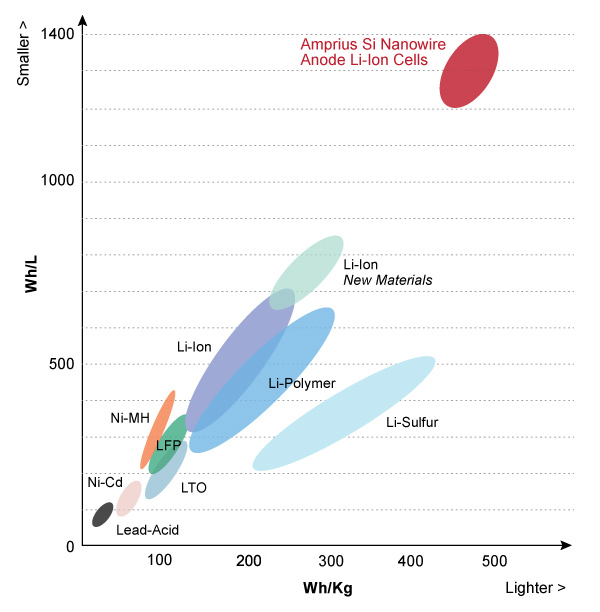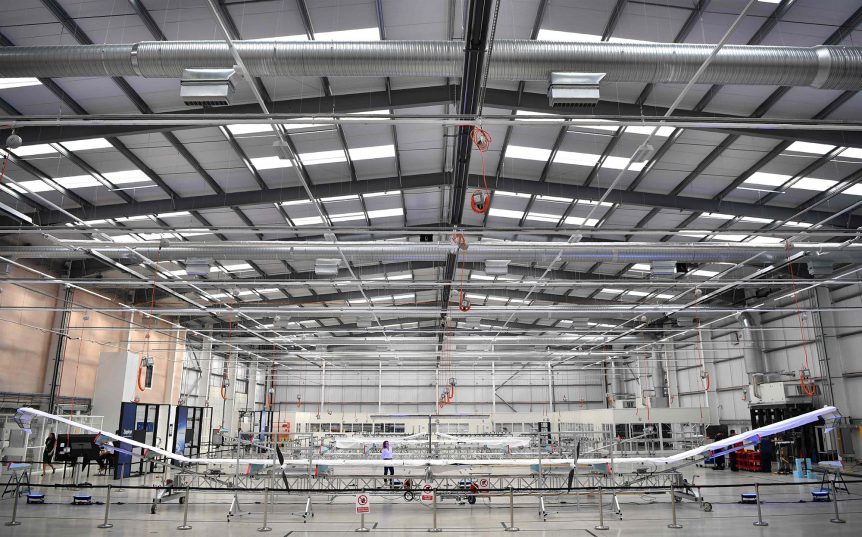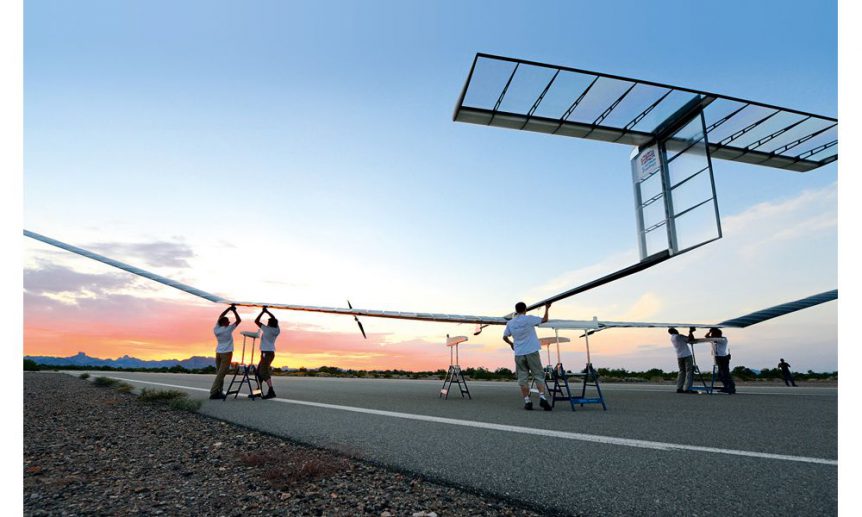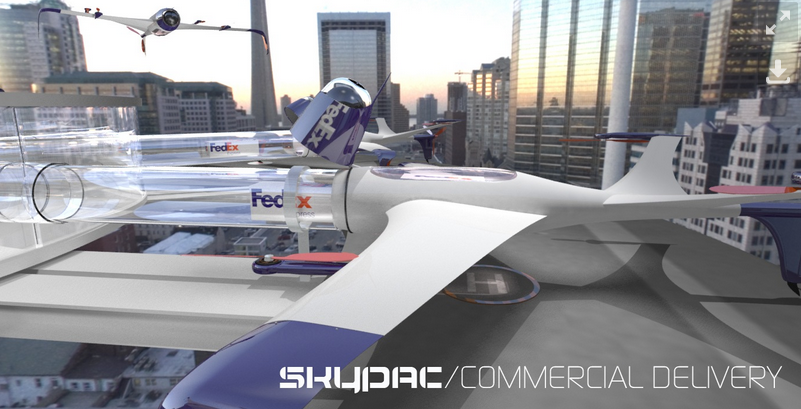Batteries are a tough study. We see many different roads being traveled in attempts to reach the Nirvana of the lightest, most powerful energy storage cell ever. We see continuing shortfalls because of the much chemistries that seem never to work out as hoped. Several recent articles, though, showed links that forced your editor into a deep study of battery developments first heard about a decade ago. These involved Yi Cui, Stanford professor and battery guru, silicon electrodes, and a new electrolyte that holds thing together. Presaging recent developments, your editor first heard Yi Cui present at the 2009 CAFE Foundation Electric Aircraft Symposium. Then, he predicted, based on the theoretical limits for silicon-based electrodes in batteries, that we would see 10X (greater energy density than then available) batteries in the not-too-distant future. A decade later, his company Amprius may be edging toward that goal with new funding from Airbus. Since then, Cui, his students and associates have helped boost …
Zephyr Breaks Its Own Record – Again
The Royal Aeronautical Society, official record keeper for such things, announced in an August 8 press release, “Taking off from Arizona, US on 11 July, Airbus Defense’s solar-powered UAV (unpiloted aerial vehicle), the British-built Zephyr S, has smashed the existing endurance record for unrefueled, unmanned flight by staying aloft for 25 days, 23 hours and 57 minutes. This, the maiden flight of the production Zephyr S HAPS (high altitude pseudo satellite) for the UK MoD (United Kingdom Ministry of Defense), once verified, almost doubles the existing endurance flight record of 14 days, 22 minutes for UAVs, set by a previous Zephyr prototype in 2010. The solar-powered Zephyr UAV, which weighs less than 75 [kilograms – 165 pounds], flies at 70,000ft, above air traffic and weather, to provide a new class of platform for persistent surveillance, observation, communications relay or connectivity for military or commercial customers. Airbus said that the maiden flight saw test objectives met with further flights planned in …
Airbus, Williams Team to Expand Zephyr Program
What’s the HAPS, Guys? Airbus and Williams Advanced Engineering, two heavy hitters with the world’s largest commercial airliner and the world’s fastest formula electric cars, are collaborating on making a light, slow airplane stay up indefinitely. Their memorandum of understanding (MOU) seeks to integrate Williams’ demonstrated abilities with “ultra-lightweight materials, battery technologies and electrical cell chemistries… in… Airbus’ Zephyr High Altitude Pseudo-Satellite (HAPS) program.” Airbus Defense and Space has worked with Sion Power Corporation since 2015 to use Sion’s proprietary lithium-Sulfur (Li-S) batteries for use in Airbus’ Zephyr aircraft. The current Zephyr S is the latest iteration of a series of solar-powered, unmanned aerial systems (UAS) that will fly at 65,000 feet for months at a time. High Over Dubai Airbus and Sion have expanded the Zephyr S’ performance envelope to accomplish a 336-hour flight in 2010, and a climb to 61,696 ft (18,805 meter) over the United Arab Emirates in 2014. Airbus compares the ability of Zephyr to that …
Airbus and Local Motors Team up For Cargo Drone Competition
Richard Glassock, a long-time contributor to the blog and now a Research Fellow in Hybrid Propulsion Systems for Aircraft at the Institute for Aerospace Technology, the University of Nottingham, England, shared this news about an Airbus-sponsored contest for cargo drone designs. Local Motors, well known for its 3D-printed automobiles, and Airbus Group, well known for its range of commercial and military aircraft, just completed a design contest that drew 425 entries. Rewards were significant for the top three places in the competition, with a main award First Place prize of $50,000, a trip to the Farnborough Airshow in England, and a “1-of-a-kind Cargo Drone Flight Jacket with personalized patch.” Second place earned the winner $20,000 and third place $10,000, with garnering each a trip to the Farnborough Airshow. Airbus executives judged the entries and decided winners. Design criteria included required capabilities and characteristics: Vertical takeoff and landing (VTOL) and efficient forward flight. Hybrid design between multi-rotor and fixed-wing aircraft. Two …




